Urban landscapes have always been in flux, but some cities are undergoing particularly dramatic transformations that go beyond typical development. These remarkable metamorphoses include everything from repurposed industrial zones to innovative climate adaptations that are changing not just how these places look, but how people live in them.
Here is a list of 20 cities worldwide that are reinventing themselves in visible and profound ways, creating new identities while honoring their unique histories.
Detroit, Michigan
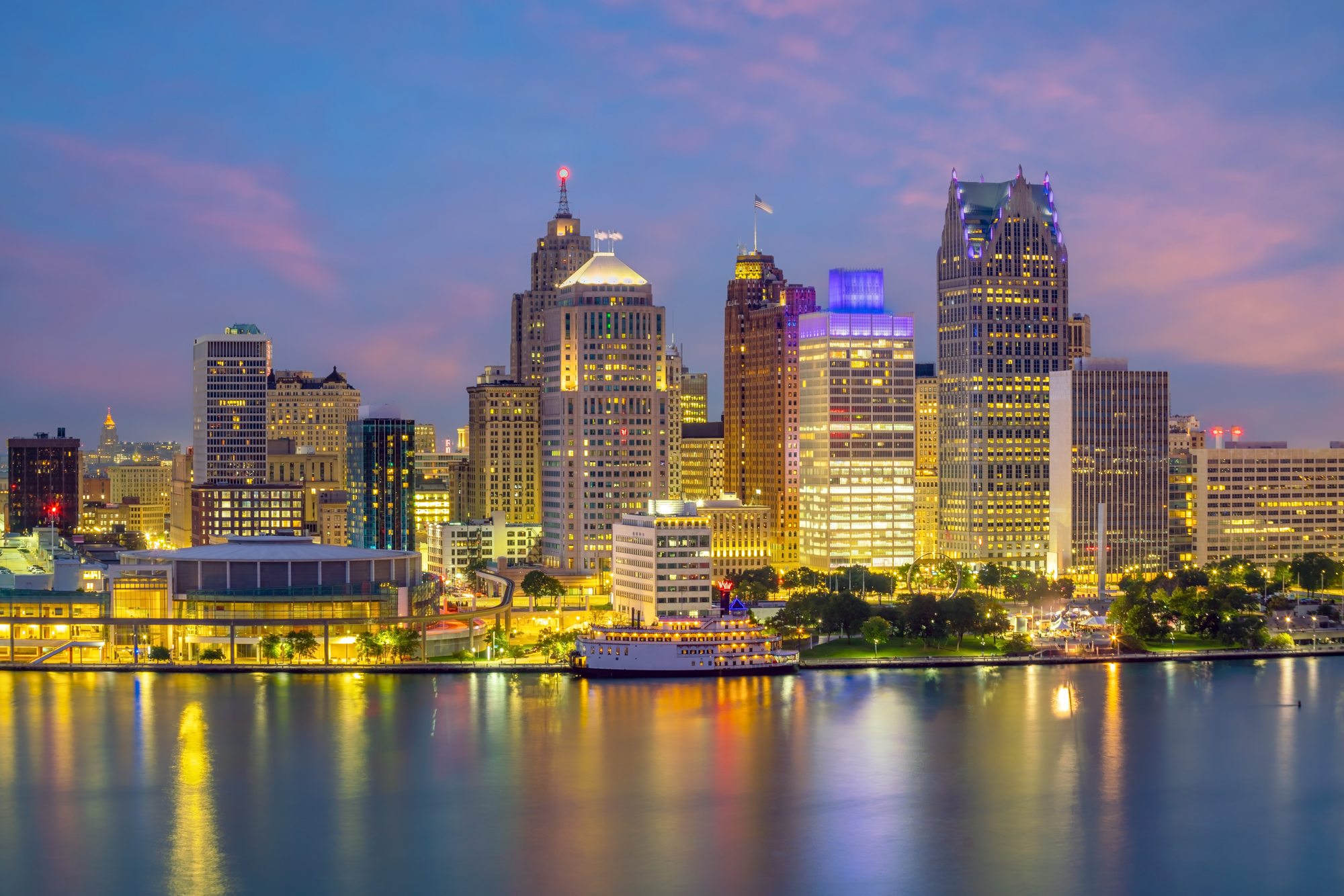
Once the poster child for urban decay, Detroit has become America’s comeback story through grassroots revitalization. Abandoned factories have transformed into thriving art spaces, urban farms have reclaimed vacant lots, and tech companies are setting up headquarters in formerly derelict downtown buildings.
The city’s reinvention is particularly remarkable because it’s driven not only by major developers, but also by residents committed to rebuilding their neighborhoods block by block.
Medellín, Colombia

Just decades ago, Medellín was notorious as one of the world’s most dangerous cities, plagued by drug cartels and violence. Today, it’s celebrated for its innovative public transportation system, featuring cable cars that connect hillside communities to the city center, dramatically improving residents’ mobility.
The city has also invested heavily in stunning public libraries, parks, and educational facilities within its poorest neighborhoods, demonstrating how thoughtful urban planning can transform a city’s trajectory.
Like Travel Pug’s content? Follow us on MSN.
Pittsburgh, Pennsylvania

This former steel town has reinvented itself as a hub for education, healthcare, and technology, hosting offices for Google, Uber, and numerous startups. Pittsburgh has leveraged its world-class universities to foster innovation while transforming industrial waterfronts into vibrant public spaces.
The city now consistently ranks among America’s most livable cities, with former warehouses and factories repurposed as trendy apartments, coworking spaces, and food halls.
Bilbao, Spain

Perhaps the textbook example of the “museum effect,” Bilbao transformed from a declining industrial port into a cultural destination following the construction of the iconic Guggenheim Museum. This architectural marvel, designed by Frank Gehry, became the centerpiece of a broader reinvention that included a new airport, metro system, and waterfront development.
Bilbao’s metamorphosis demonstrates how strategic investment in cultural infrastructure can completely redefine a city’s economy and global image.
Christchurch, New Zealand
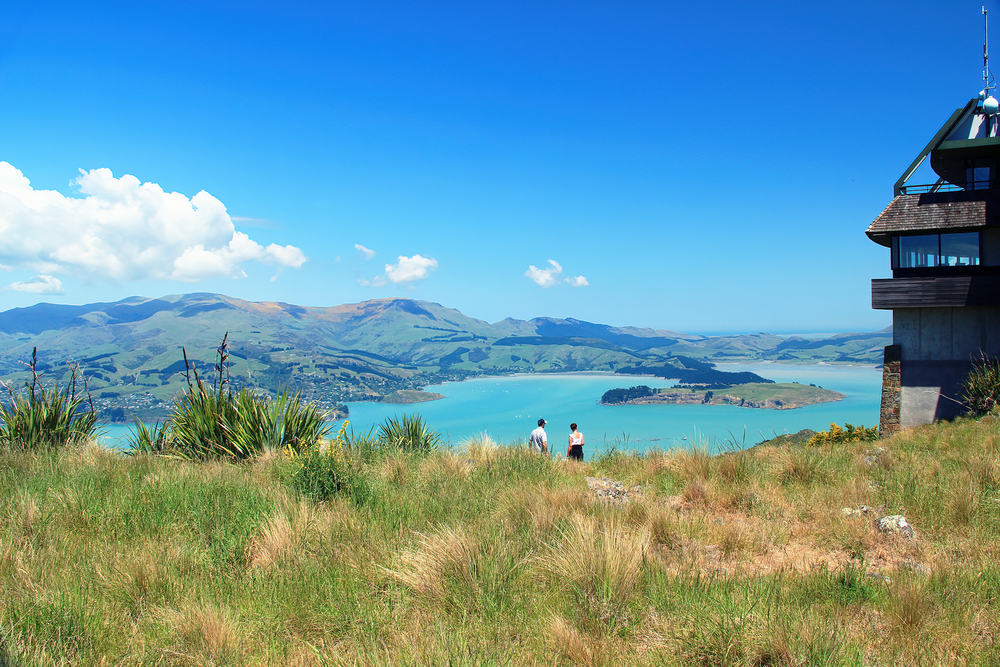
Following devastating earthquakes in 2010 and 2011 that destroyed much of its downtown, Christchurch embarked on a rebuilding process that prioritized innovation and sustainability. The city created experimental spaces like the “Cardboard Cathedral” and pop-up container malls while reimagining its center with expansive green spaces and pedestrian-friendly design.
This disaster-prompted reinvention has made Christchurch a global model for resilient urban planning and community-led reconstruction.
Like Travel Pug’s content? Follow us on MSN.
Cincinnati, Ohio

Cincinnati’s Over-the-Rhine neighborhood, once one of America’s most dangerous districts, has undergone a remarkable transformation into a cultural and culinary destination. The city has restored hundreds of historic 19th-century buildings while developing the Cincinnati Bell Connector streetcar and transforming Findlay Market into a food-lover’s paradise.
Cincinnati’s renaissance extends to its riverfront, where former industrial areas have become parks and entertainment districts that reconnect the city to its Ohio River heritage.
Aarhus, Denmark
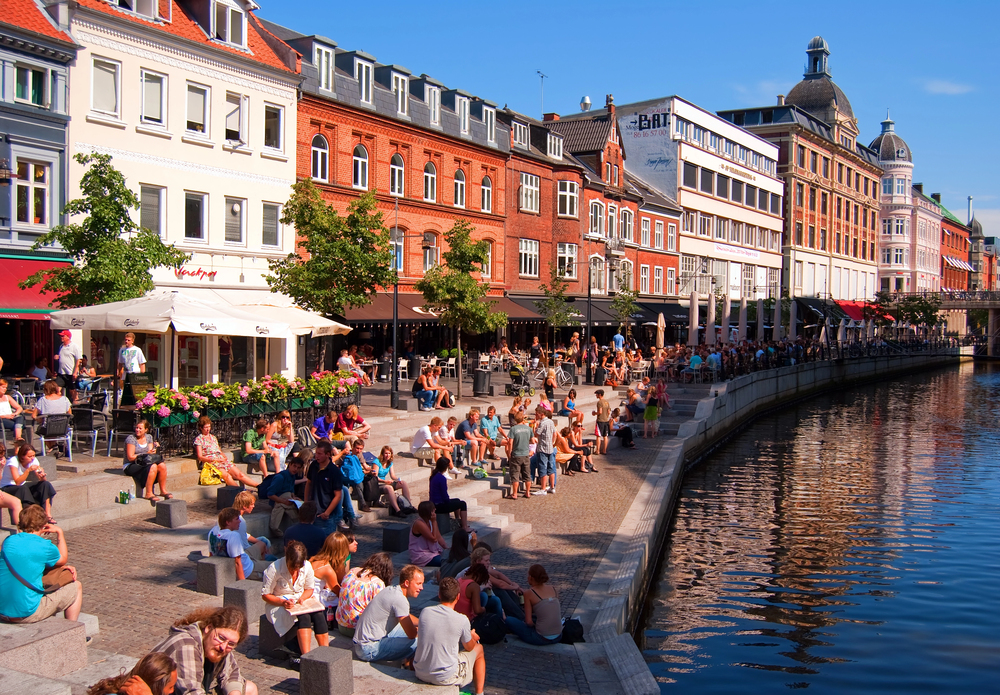
This formerly quiet Danish city has reinvented itself as a cultural powerhouse and sustainability leader. The stunning Dokk1 waterfront library and cultural center symbolize Aarhus’s new identity, while the ARoS Art Museum, with its rainbow panorama walkway, has become globally recognizable.
Aarhus has invested heavily in bicycle infrastructure, renewable energy, and waterfront redevelopment, earning the title of European Capital of Culture honors and demonstrating how medium-sized cities can achieve international prominence through strategic reinvention.
Buffalo, New York

After decades of population loss and economic struggles, Buffalo is experiencing a remarkable renaissance centered on its architectural treasures and waterfront. The city has transformed its Lake Erie shoreline from industrial wasteland to a vibrant recreation area with Canalside, a year-round destination featuring concerts, ice skating, and water activities.
Buffalo has also embraced its architectural heritage, repurposing buildings designed by Frank Lloyd Wright and Louis Sullivan while developing medical research facilities that are creating new economic opportunities.
Like Travel Pug’s content? Follow us on MSN.
Lisbon, Portugal

Once considered Europe’s sleepy backwater, Lisbon has transformed into one of the continent’s most dynamic capitals. The city has leveraged its historical assets while embracing innovation, converting ancient shipyards into a hub for the annual Web Summit technology conference.
Formerly vacant buildings in neighborhoods like Mouraria and Intendente now house trendy restaurants, boutique hotels, and coworking spaces, creating a perfect blend of Portuguese tradition and contemporary culture that’s attracting digital nomads and entrepreneurs from around the world.
Cleveland, Ohio
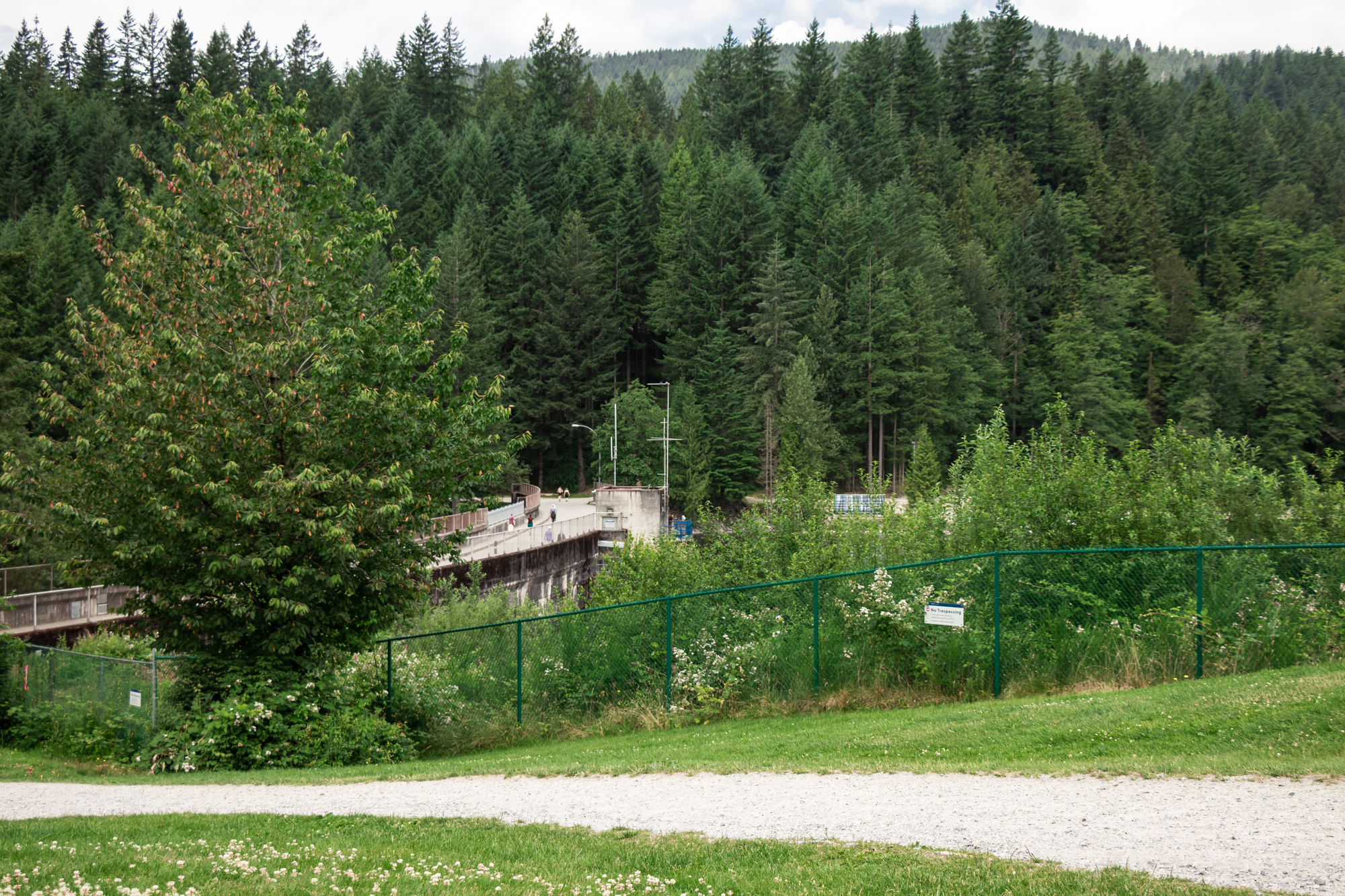
Cleveland has reimagined its identity by doubling down on arts, culture, and healthcare while revitalizing its urban core. The city transformed its former industrial flats into an entertainment district, converted historic arcades into mixed-use spaces, and developed world-class institutions like the Museum of Contemporary Art.
Cleveland’s remarkable turnaround is particularly evident in neighborhoods like Ohio City and Tremont, where new restaurants, breweries, and markets have created vibrant districts that draw both residents and tourists.
Malmö, Sweden

This former industrial port city has reinvented itself as a model of sustainable urban development. The Western Harbor district, once a shipyard, is now a carbon-neutral neighborhood featuring innovative architecture and renewable energy systems. Malmö connected itself to Copenhagen via the Öresund Bridge, transforming from a declining manufacturing center into part of a thriving cross-border region.
The city has also embraced multiculturalism, turning former factory areas into creative spaces that celebrate the contributions of its diverse immigrant communities.
Like Travel Pug’s content? Follow us on MSN.
Nashville, Tennessee

While always known for music, Nashville has dramatically expanded its identity to become a dynamic center for healthcare, education, and technology. The city’s reinvention is visible in areas like the Gulch, transformed from a railway yard to a LEED-certified urban neighborhood, and East Nashville, where former working-class areas now host innovative restaurants and creative businesses.
Nashville has managed this growth while maintaining its musical soul, creating a unique blend that makes it one of America’s fastest-growing and most appealing cities.
Dundee, Scotland
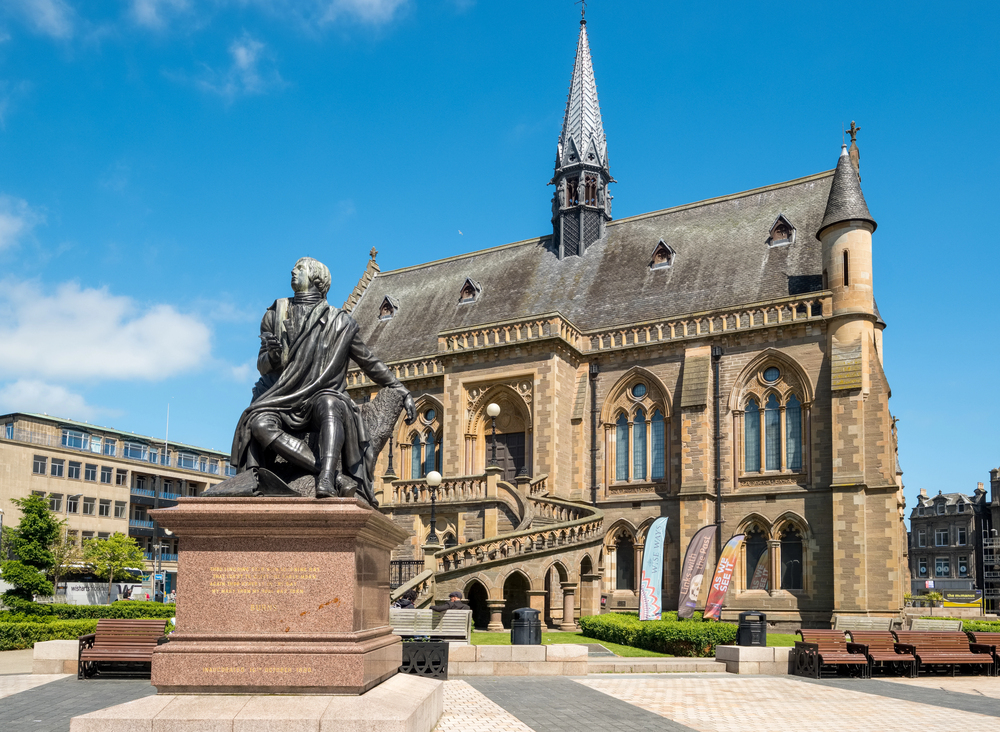
Once defined by ‘jute, jam, and journalism,’ this Scottish city has reinvented itself as a center for design, digital innovation, and culture. The spectacular V&A Dundee museum of design stands as the centerpiece of a transformed waterfront that has brought new life to this former industrial city.
Dundee has also developed a thriving video game industry and creative sector, earning UNESCO City of Design status and demonstrating how smaller cities can find new purpose through investment in the creative economy and thoughtful waterfront development.
Seoul, South Korea

Seoul has transformed itself through some of the world’s most ambitious urban renewal projects. The city famously uncovered the Cheonggyecheon Stream, tearing down an elevated highway to restore a waterway that had been buried beneath concrete for decades.
Seoul has also created elevated parks like Seoullo 7017, a Korean take on New York’s High Line, converting a former highway overpass into a linear garden. These bold moves have recreated Seoul as a pedestrian-friendly city that prioritizes livability alongside its economic might.
Like Travel Pug’s content? Follow us on MSN.
Chattanooga, Tennessee

Once known as America’s most polluted city, Chattanooga has reinvented itself through environmental restoration and technological innovation. The city built one of the nation’s first municipal fiber optic networks, enabling lightning-fast internet that has attracted tech companies and digital entrepreneurs.
Chattanooga simultaneously revitalized its riverfront, developed an acclaimed aquarium, and created an electric shuttle system that connects its compact downtown. This mid-sized city’s transformation demonstrates how forward-thinking infrastructure investments can completely change a city’s economic trajectory and quality of life.
Leipzig, Germany
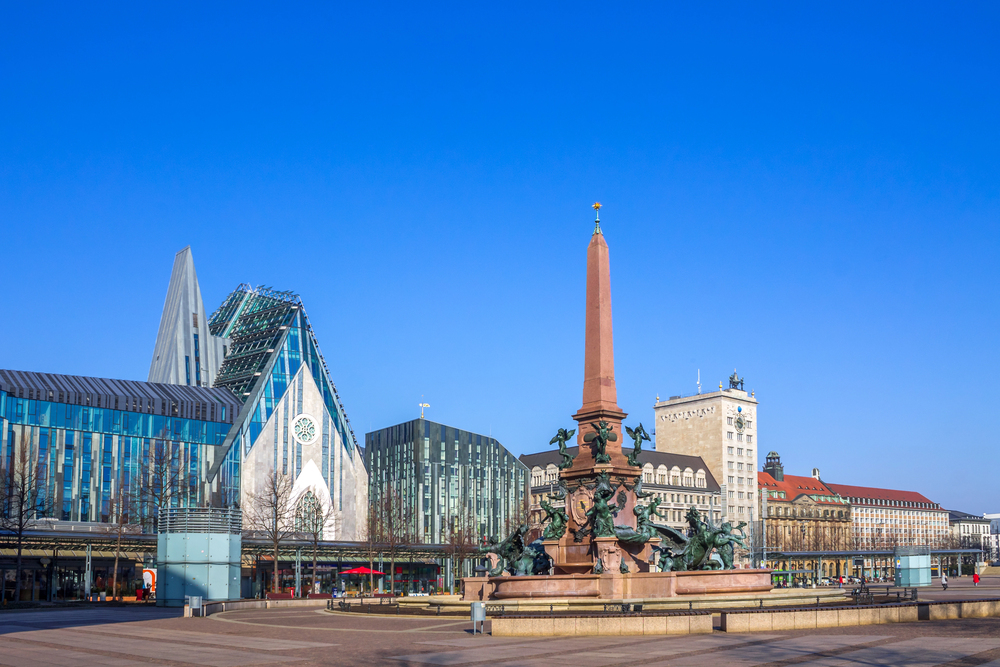
After the fall of the Berlin Wall, Leipzig experienced massive population loss and industrial collapse, earning the nickname “the dying city.” Today, it’s Germany’s fastest-growing city, having reinvented itself as an affordable creative haven with vibrant arts and music scenes.
The Spinnerei, a massive former cotton mill, now houses galleries, studios, and cultural spaces that symbolize Leipzig’s new identity. The city has managed to preserve its architectural heritage while welcoming new residents and businesses, creating a uniquely successful post-industrial transformation.
Łódź, Poland
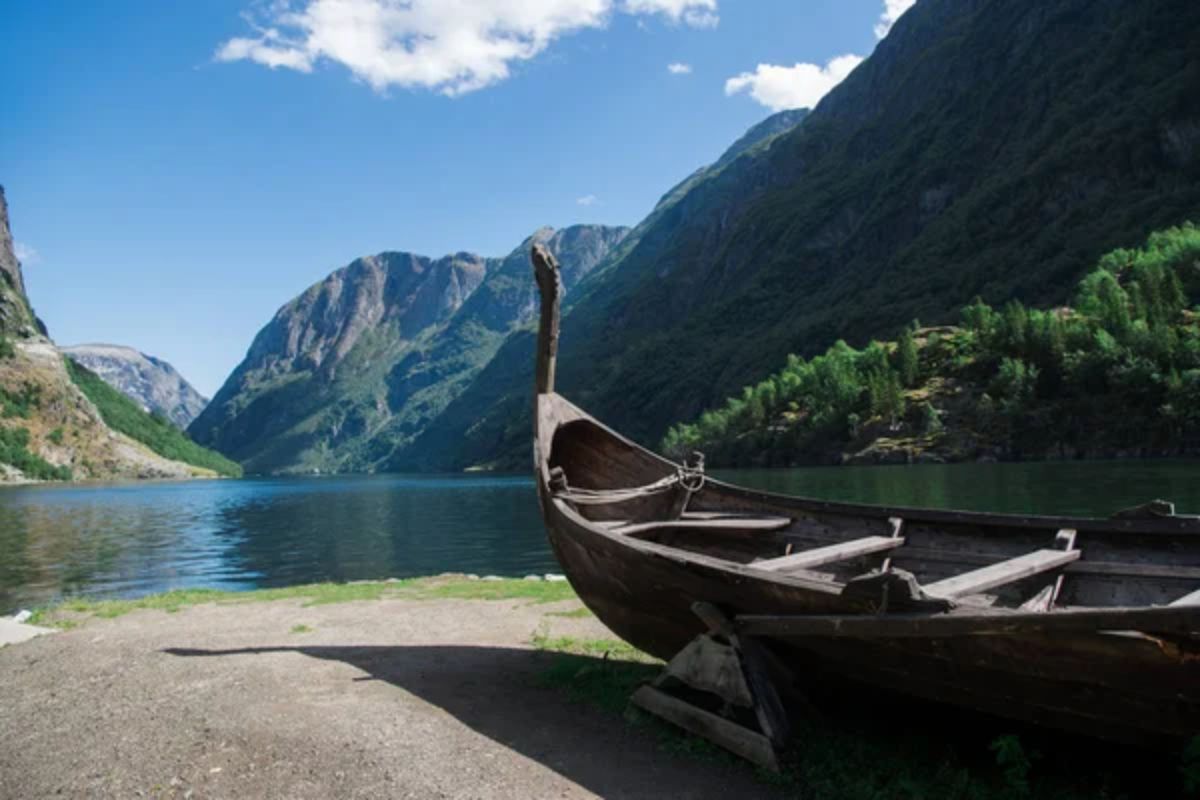
Once known as the “Polish Manchester” for its textile industry, Łódź suffered severe decline after the fall of communism. The city has engineered a dramatic comeback by repurposing its massive red-brick factories into mixed-use developments.
The Manufaktura complex transformed a 19th-century textile factory into a cultural and commercial center, while the EC1 power station became a science center and film studio. Łódź has also restored its famous Piotrkowska Street, creating one of Eastern Europe’s most impressive thoroughfares and reestablishing itself as a cultural and creative center.
Like Travel Pug’s content? Follow us on MSN.
Oakland, California

Long overshadowed by San Francisco across the bay, Oakland has reinvented itself as a diverse cultural powerhouse with a distinct identity. The city’s transformation is particularly visible in Uptown, where beautiful Art Deco buildings have found new life as restaurants, galleries, and performance spaces.
Oakland has embraced its role as a center for social movements while developing a thriving food scene that reflects the city’s multicultural character. This authentic reinvention has made Oakland a destination in its own right, rather than merely San Francisco’s more affordable neighbor.
Rotterdam, Netherlands
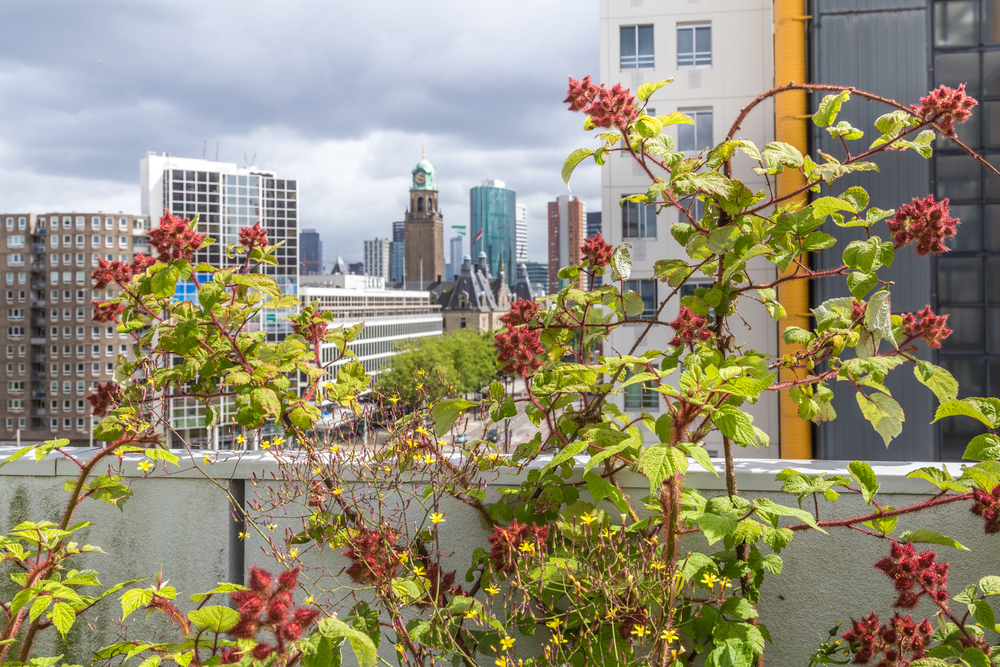
Unlike other Dutch cities that preserved their historic centers, Rotterdam was almost completely destroyed in World War II. The city turned this tragedy into an opportunity, reinventing itself as an architectural laboratory featuring bold experimental designs like the famous cube houses and Markthal. Rotterdam’s former docklands have transformed into dynamic waterfront districts, while its reputation for innovation extends to climate adaptation with floating pavilions and water plazas designed to manage rising sea levels. This forward-looking approach has created a city that feels entirely different from its Dutch neighbors.
Tallinn, Estonia
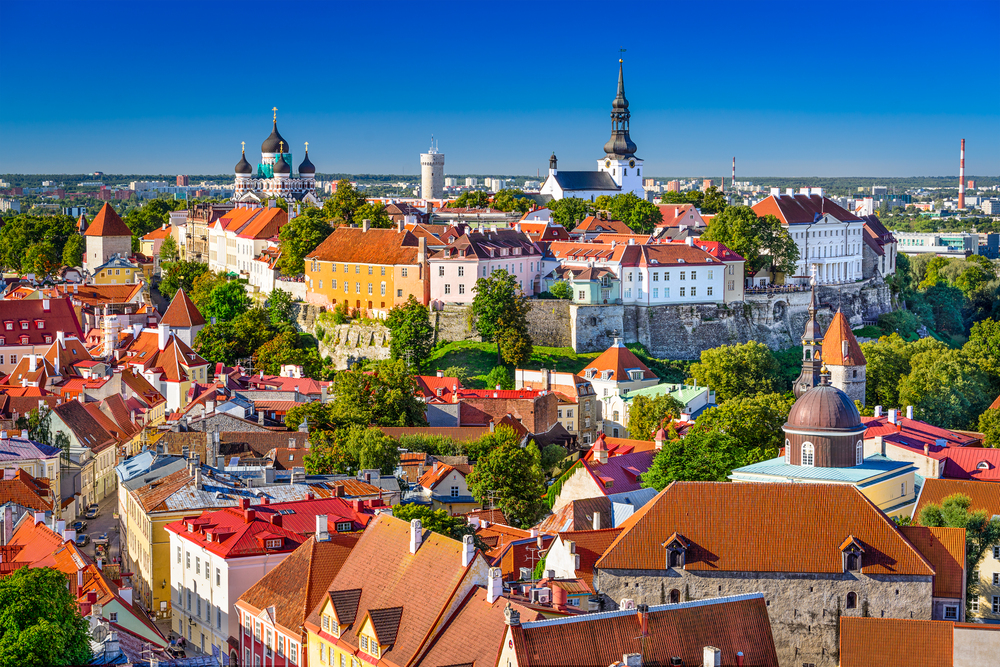
This medieval Baltic city has reinvented itself as one of the world’s most digitally advanced societies. Tallinn’s stunning old town remains perfectly preserved. At the same time, just beyond its walls, a thriving tech ecosystem has developed, launching companies like Skype and adopting digital governance systems that allow citizens to handle nearly all official business online.
The Telliskivi Creative City converted an industrial complex into a hub for creative businesses, restaurants, and cultural spaces. Tallinn’s dual identity as both historic treasure and digital pioneer makes it a uniquely successful example of city reinvention.
Like Travel Pug’s content? Follow us on MSN.
The Future of Urban Transformation
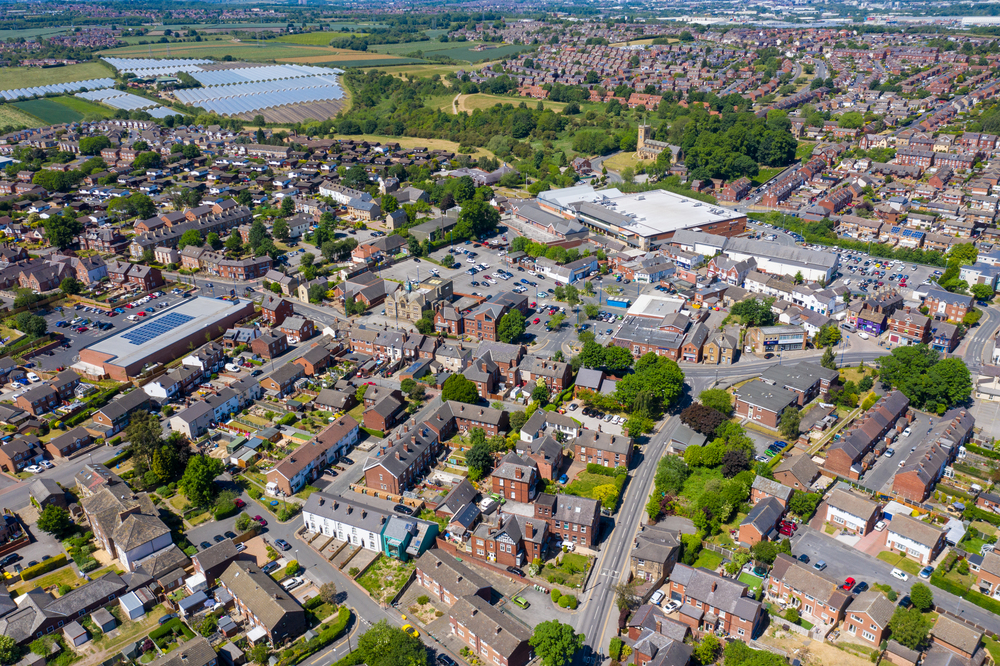
These 20 cities demonstrate that reinvention comes in many forms but always requires vision, investment, and community participation. As urban areas worldwide face challenges from climate change to economic shifts, these success stories provide valuable blueprints for transformation.
The most successful reinventions don’t erase a city’s past but build upon it, creating places that honor heritage while boldly embracing the future. They prove that decline is never permanent when imagination and determination combine to write a new chapter in a city’s story.
More from Travel Pug

- Cities Growing so Fast You Won’t Recognize Them in 10 Years
- 13 Destinations Where Tourists Regularly Regret Their Trip
- 16 U.S. Cities That Are Quietly Becoming Travel Hotspots
- Where to Travel If You Love Long Bus Rides and Daydreams
- 20 Cities Perfect for Solo Travelers Who Crave Adventure & Culture
Like Travel Pug’s content? Follow us on MSN.
